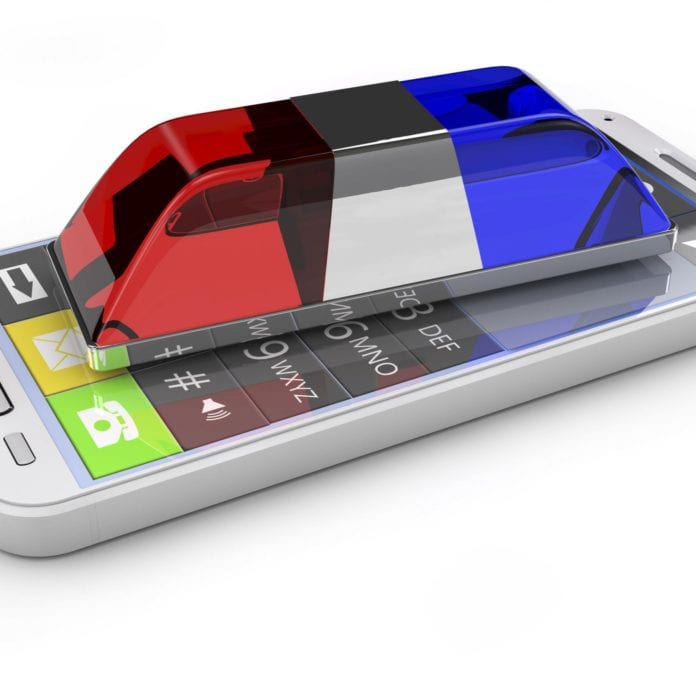As public safety users rely more and more often on mobile technology, what are the common issues they encounter with smartphones and tablets that are almost always designed for consumer use?
At the recent virtual incarnation of the National Institute of Standards and Technology’s Public Safety Communications Research (PSCR) annual stakeholder meeting, researchers Yee-Yin Choong and Shanee Dawkins presented some of the data from a survey of more than 7,000 first responders and in-depth interviews with more than 200, which they have been mining for insights on how public safety personnel use mobile devices and applications and some of the problems that they encounter. The survey and interviews encompassed users from across law enforcement, fire service, emergency medical service and 911 dispatching.
More than 95% of those surveyed aid that they use smartphones, both personal and work-issued, in their daily duties. Most used personal devices and only about half had workplace-issued devices, often with some restrictions on call, text or internet use. The utilization of multiple devices in everyday work meant that users were interested in all-in-one devices. “Phones are huge now, which is great. But I don’t want two of them,” as one survey participant said.
Among the problems that first responders reported with smartphones and tablets, the biggest and most frequently encountered issue was price, especially with smartphones. Battery life was another problem that was reported “almost all” or “most of the time,” but nearly twice as many public safety users reported price as a barrier than any other problem.
PSCR also looked at issues that public safety users encountered only some of the time.
“Problems that occur at times but not at other times are dangerous, because you never know when the device will fail,” Dawkins said. Around 70% of users sometimes encountered battery life issues and coverage or dead zone problems, and around half of the survey respondents reported occasional problems with screen glare, logging in/passwords and device durability.
For tablets, reported problems were experienced more evenly, with no single dominating issue: internet connections, glare, battery life, device durability, log-in issues, interoperability and problems with report writing were all noted as occurring with about the same frequency.
Among applications used day-to-day (and not limited to mobile), email use dominated, and first responders also frequently used computer-aided dispatch applications, records management systems and mapping and driving directions. There was some variation across disciplines, for examples, with firefighters reporting very frequent use of mobile navigation and police reporting frequent use of report-writing applications.
PSCR also asked first responders about differences in day-to-day use of tech versus what they used in large events, either planned events such as concerts or sporting events, or unplanned large-scale emergencies and natural disasters.
While survey respondents felt that additional tech such as mobile command centers, deployables, portable generators and drones would benefit them in large events, 82% of first responders who had worked such events said that they used mostly the same technology as during day-to-day work.
“If designers get the day-to-day technology right, it will help with the large events as well,” Dawkins said.
Data from PSCR’s research into first responder needs has already resulted in multiple NIST reports, the most recent of which was published in March and can be read here (pdf).

